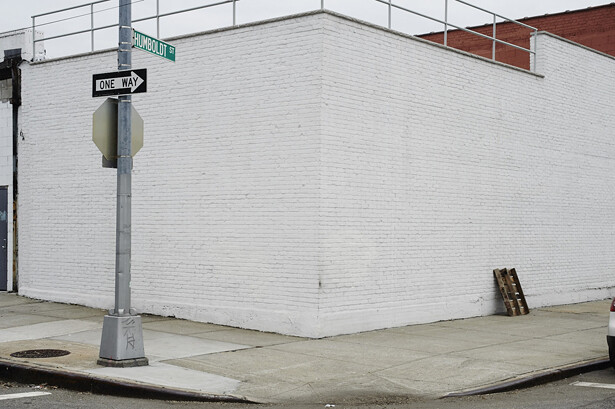April 30, 2014
Hunter College
695 Park Avenue, North Building
Room 1527, 15th Floor
New York, NY 10065
Visual Arts at Americas Society is glad to announce a one-day international symposium in conjunction with the exhibition Unity of Nature: Alexander von Humboldt and the Americas at Hunter College (New York) on April 30. Distinguished speakers from Europe, Latin America, and the United States will join guest curators Georgia de Havenon and Alicia Lubowski-Jahn to discuss Humboldt’s historical, social, and artistic influence. The symposium is organized by Americas Society and held at Hunter College with support by the Goethe-Institut and Colección Patricia Phelps de Cisneros.
11am–1pm
Panel 1: “Humboldt and Social Order in the Americas,” moderated by Mary Louise Pratt, Silver Professor and Professor of Spanish and Portuguese Languages and Literatures at New York University.
– Welcome remarks by Harper Montgomery, Distinguished Lecturer and Patricia Phelps de Cisneros Professor in Latin American Art, Hunter College
– Introduction: Wenzel Bilger, Regional Program Director, Goethe-Institut, New York
– Ottmar Ette, Chair of Romance Literature, University of Potsdam: “Alexander von Humboldt as a World Citizen. Nomadic Knowledge and the Global Landscapes of Theory”
– Eduardo Matos Moctezuma, Director, Templo Mayor Excavations, Mexico City: “Humboldt y la arqueología mexicana”
– Michael Zeuske, Professor of Caribbean and Latin American History, University of Cologne: “Humboldt and Slavery”
– Laura Dassow Walls, William P. and Hazel B. White Professor of English, University of Notre Dame: “The Manifold Nature of Humboldt’s Pocket Cosmos”
1–2:30pm
Break
2:30–5:30pm
Panel 2: “Humboldt’s Influence on the Art of the Americas”
Moderated by Katherine Manthorne, Professor of Art of the United States, Latin America, and their Cross-Currents, 1750-1950, The Graduate Center, City University of New York
– Video: The Wake, by artist Dana Levy
– Welcome remarks by Gabriela Rangel, Director of Visual Arts and Chief Curator, Americas Society
– Introduction: Georgia de Havenon, guest curator, Unity of Nature
– Kevin J. Avery, Senior Research Scholar, The Metropolitan Museum of Art: “The Art of the Order of Nature: Frederic Church and Humboldt’s Earthly Model”
– Tim Barringer, Paul Mellon Professor of the History of Art, Yale University: “Humboldt, the Panorama, and Landscape Painting”
– Mark Dion, artist: “An Artist Responds to the Collecting Tradition of Naturalists in the Neotropics”
– Alicia Lubowski-Jahn,guest curator: “Nature’s Unity: Alexander von Humboldt’s Picturesque Vision of Ecology”
– Pablo Diener, Professor in the History Department at the Federal University of Mato Grosso, Brazil: “The Creation of a Science Accessible through the Senses: Humboldt and the Travelers’ Art”
Stream the symposium live here.
Unity of Nature: Alexander von Humboldt and the Americas
April 29–July 26, 2014
Americas Society
680 Park Ave
New York, NY 10065
Hours: Wednesday to Saturday, noon–6pm
The exhibition Unity of Nature focuses on the trajectory and legacy of the prolific Prussian scientist Alexander von Humboldt (1769–1859), who traveled with Aimé Bonpland from 1799 to 1804 throughout modern-day Venezuela, Colombia, Ecuador, Peru, Mexico, and Cuba. During Humboldt’s lifetime the journey would result in significant contributions to the understanding and study of tropical nature. It presents a selection of outstanding landscapes, rare first-edition publications and maps, scientific instruments and archival materials, as well as a new piece by contemporary artist Mark Dion.
Unity of Nature references to Humboldt’s self-described aim to “represent nature as one great whole, moved and animated by internal forces.” These unifying forces also dissolved the barriers between the scientific, artistic, and political. Humboldt’s interest in the environment was matched by his investment in the people he encountered, a belief that is reflected in his position as an outspoken abolitionist. His popularity in Latin America today can be attributed to his universalization on the region on a grand scale, and his admiration of the tropical nature and criollo society. Despite Humboldt’s deep scientific and cultural influence and renown during his lifetime, he is largely under-recognized in the United States. Unity of Nature seeks to correct this historical oversight.


